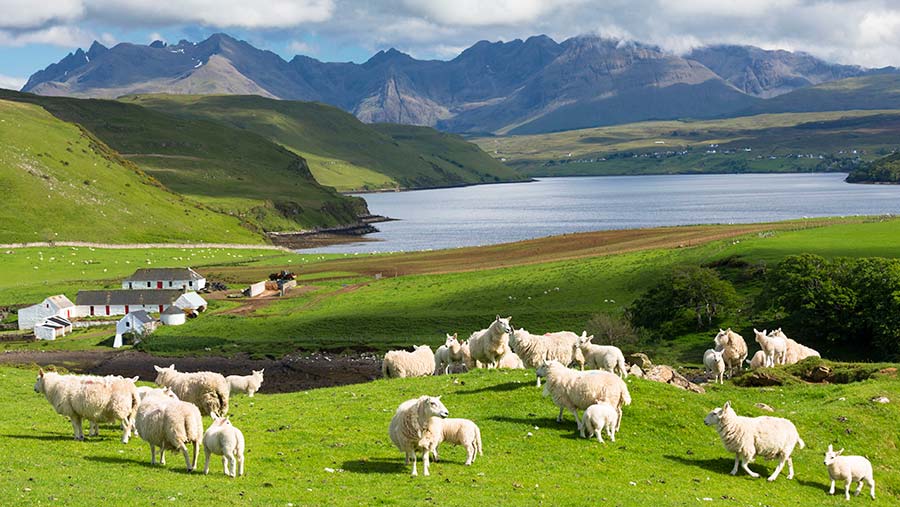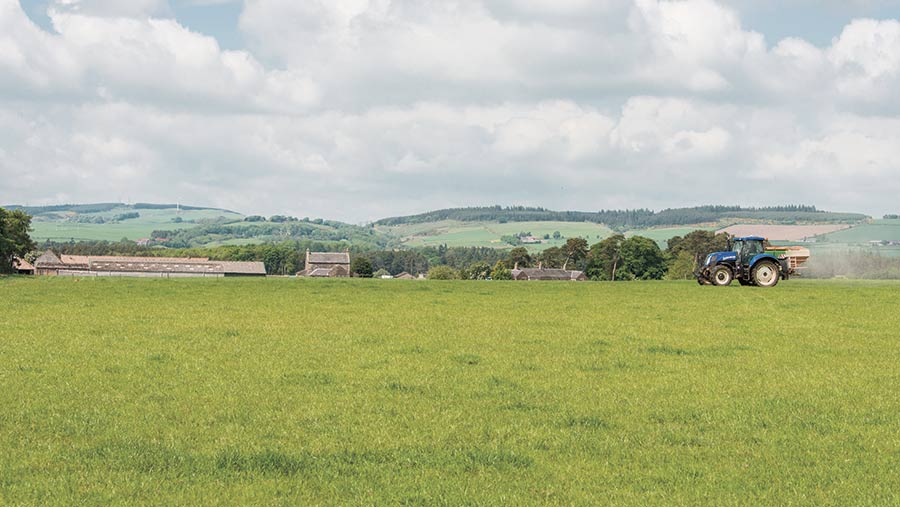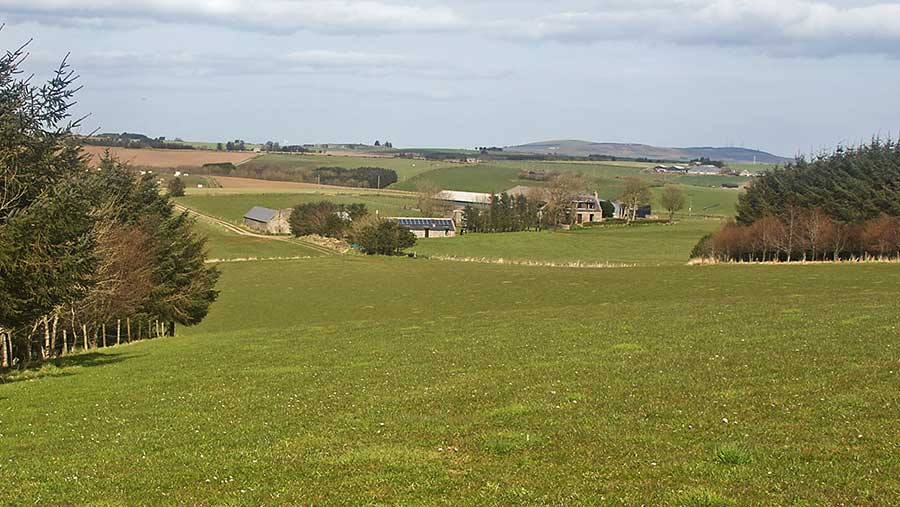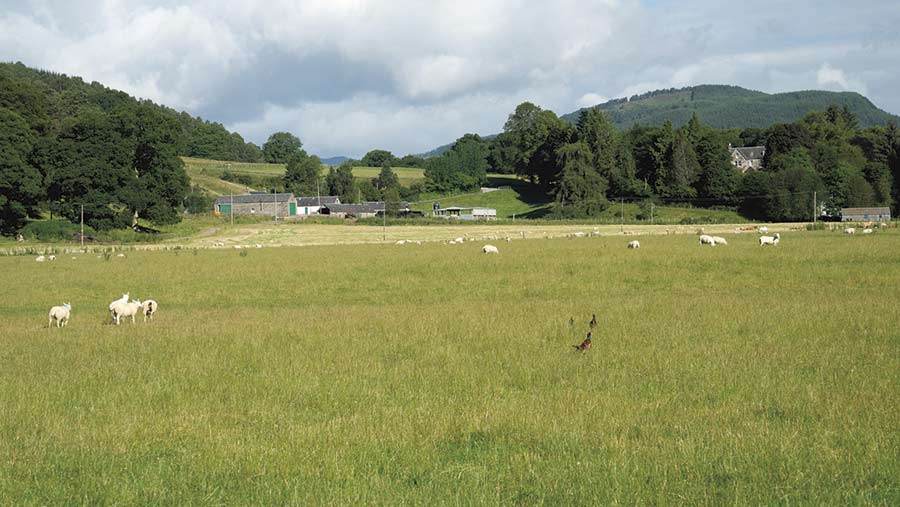Northern Scotland farmland market remains robust
 © Tim Graham/robertharding/Rex/Shutterstock
© Tim Graham/robertharding/Rex/Shutterstock Resilience in the farming community across central and northern Scotland and the Highlands has defied the country’s political uncertainty and low commodity prices over the past 12 months.
Predictions of Brexit causing a slide in land values and depressed milk prices forcing widespread dairy farm sales have not materialised, according to Scottish agents.
Buyers are active, if fewer in number. However, regional variation is evident, notably in Aberdeenshire, where low oil prices have had a negative effect on land values.
See also: Compulsory purchase – what are my rights as a farm tenant?
Duncan Barrie, partner, CKD Galbraith, Stirling
The market has remained remarkably robust despite relatively poor commodity prices over the past two years.
Headline figures are still being reached for land in parts of East Lothian, Angus and Fife.
Productive, bare arable land and hill ground suitable for tree planting remains some of the easier types of property to sell, often attracting a premium.
Buyers from south of the border and other European countries continue to identify value for money for bare hill land for planting.
The level of interest in Aberdeenshire has felt the knock-on effects of the drop in oil prices and, until fairly recently, some of the more marginal arable and grassland farms in Ayrshire have been depressed by a drop in milk prices.
However, we have seen increased interest in land and farms for dairy following a rise in milk prices during the latter half of 2016.
Existing farmers have been the most active buyers of commercial blocks of land and farms.
Looking ahead, we expect to see a short supply of land on the market locally, and this will still be combined with the higher price of land in other parts of the country and the UK as whole.
James Butler, associate partner, Strutt & Parker, Edinburgh
Across Scotland, about 70% of farms exceeding 300 acres have found a buyer, with 43% of farms below 300 acres either under offer or sold.
Hill farms, due to forestry interest, and dairy farms, due to committed sellers, have both had a high clearance rate.
Prime arable and mixed arable and livestock farms have experienced the greatest demand in the past 12 months.
Retirement has been behind the majority of farm sales, while the most active buyers were Scottish and English farmers planning to expand their businesses, with an emphasis on better quality land in a more favourable climate.
Investors and institutions have become less active due to the wider economic climate.
Supply of land to rent is very limited resulting in strong prices being paid. Another feature of the market in Scotland is a growing number of English buyers who are coming out of a tenancy and are looking to buy a unit in Scotland.
Tom Stewart Moore, head of Scottish farms agency, Knight Frank, Edinburgh
It has been a picture of resilience in Scotland and there is no reason to believe that there is a glut of farms about to come on the market.
The same amount of land, within about 10%, has been marketed over the past eight years – about 30,000 acres across Scotland.
Last year, the majority has sold or is under offer. There has been no set pattern – some have gone well but others have struggled.
There are not quite as many buyers coming from England because they are concerned about the political situation in Scotland.
The challenges circulate around Scottish politics and commodity prices rather than Brexit.
Aberdeenshire is in dire straits with the oil industry. Land is still transacting, but looking at the values, they have struggled to grow.
There is no great evidence of forced sales but there must have been some dairy farms right on the edge last year.
What have farmers been buying?
Easter Kilwhiss Farm

Near Cupar in Fife, the farm sold through CKD Galbraith in excess of its £3.565m guide price.
The mixed arable and livestock enterprise has 712 acres, a range of buildings, woodland and a farmhouse.
Nether Oldwhat Farm

Strutt & Parker sold Nether Oldwhat Farm at Buchan in Aberdeenshire last year.
The farm is a 158-acre a former dairy with holiday lets and a 20kW wind turbine.
It was sold as a whole with an asking price of £1,175m.
Corston Mill Farm

The farm’s 202 acres of Grade 3 arable land appealed to bidders, and it also had a semi-derelict stone steading with conversion potential.
It sold as a whole in January in excess of the £1.2m asking price through CKD Galbraith.
It lies 12 miles from Cupar in Fife.
